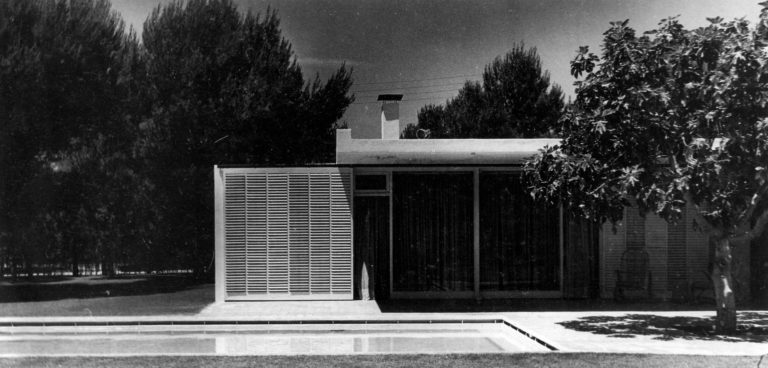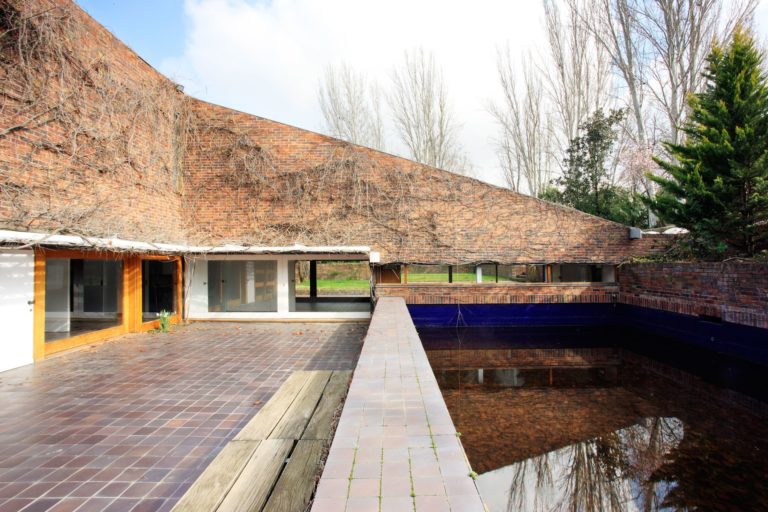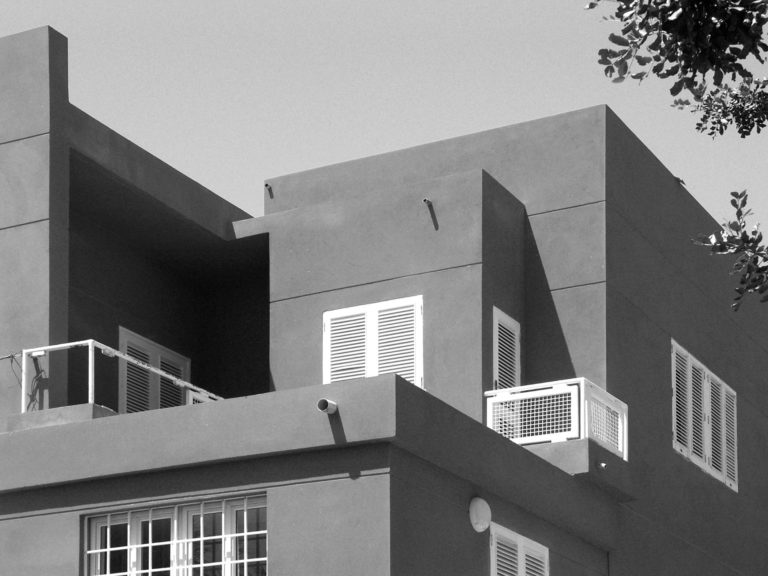Abstract
Space influences people, even unconsciously. It impacts on their behaviour, their psychological state and mood. Aware perception of space may lead to aesthetic emotion; but it hadn’t been developed a conceptual system that shows how aesthetic emotions are produced by entirely architectural means. Research concern is identifying and defining architectural mechanisms to provoke emotion, specifically those linked to the Poetics of Silence. Therefore, the focus is on courtyards for contemplation in modern houses, spaces carefully designed to be gazed at. At first, Modernity sets aside courtyards, considered as opposed to the new conception of open and continuous spatial fluidity. As the spatial notion matures and becomes more complex, courtyards are gradually reintroduced. They are considered as existential voids for spiritual and emotional purposes. Research method is Case Study, while Qualitative Content Analysis is used as research strategy, applied from an inductive approach. Sample had been selected from Spanish contemplative courtyards in houses from the 1950s and the 1960s. Resultant conceptualization includes architectural mechanisms for emotion, their links to Poetics of Silence and architectural elements involved in them. Knowing and systematizing how courtyards can move to emotion allows us to explore the roots of authentic architectural quality.
Access the thesis









